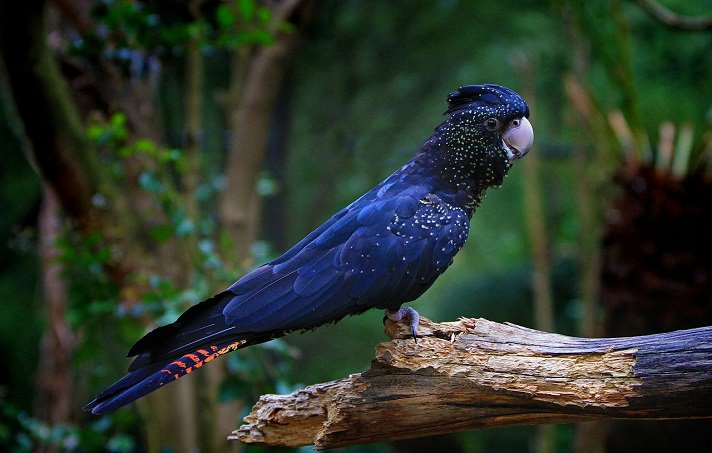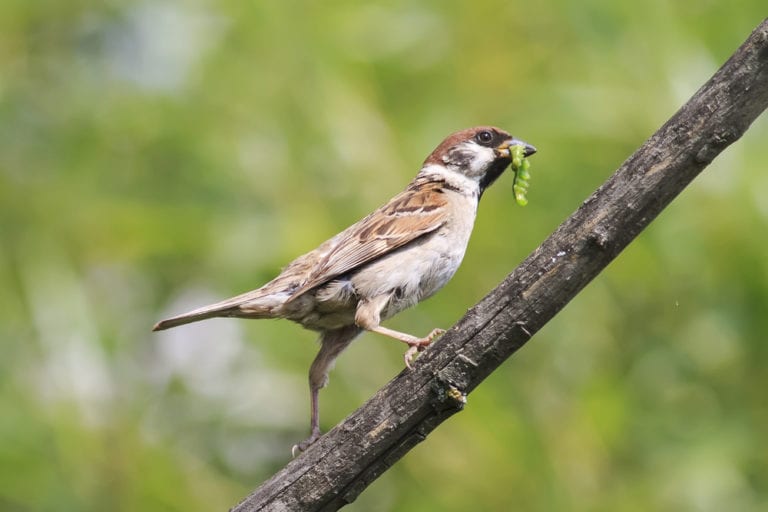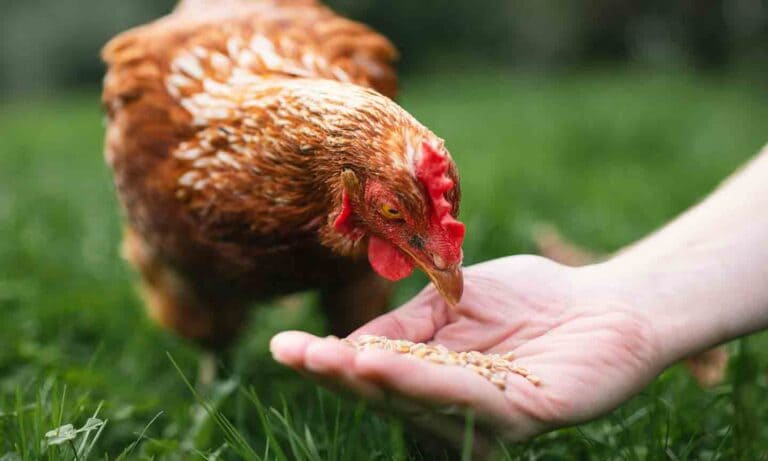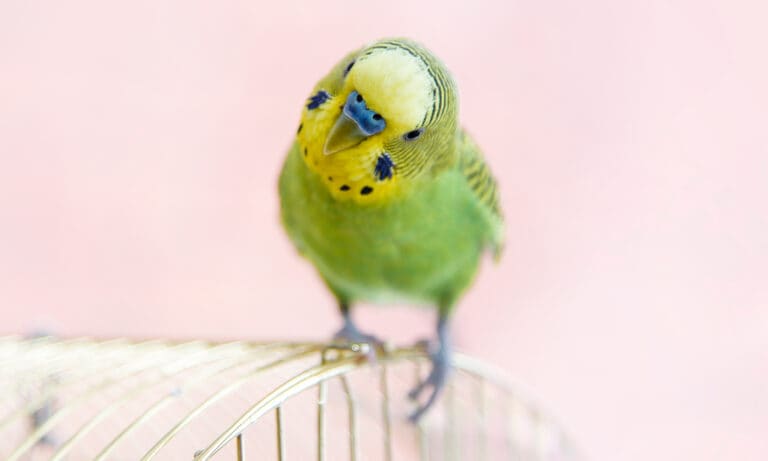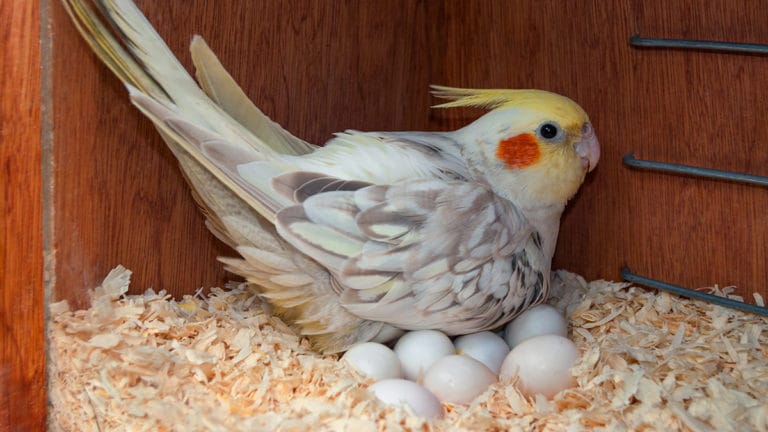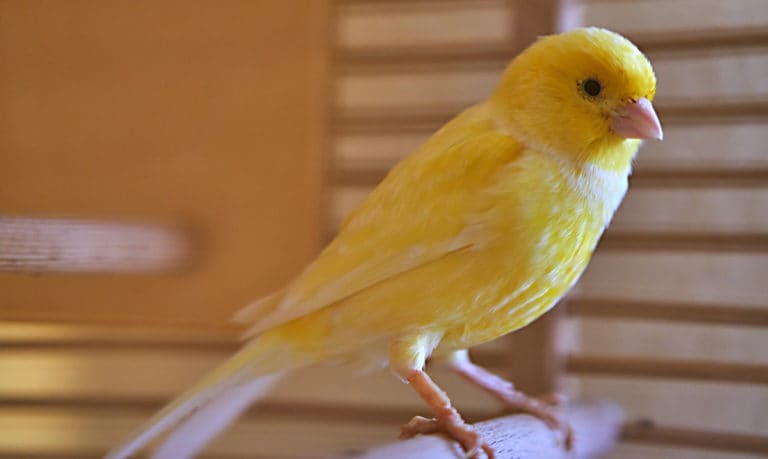Cardiopulmonary resuscitation (CPR) in a bird’s While we all have heard about CPR for humans, and some of you might have taken a pet dog or cat CPR course, many bird owners are surprised that CPR can be performed on pet birds.
CPR is much more likely to be effective if the bird has suffered from acute trauma, and conversely, it is unlikely to have a positive outcome if the bird is very debilitated and has been ill for a long period of time and the body finally gives out.
The basics of CPR are the same, whether dealing with a human, dog or bird. The three things to evaluate before initiating CPR are: breathing, airway and pulse.
CPR: Stop, Look, Listen
If you find a bird unconscious, check for those three factors. Look for the breast rising and falling, and see if the abdomen is rising and falling. Open the beak, and examine the oral cavity; if necessary, clear with a finger or cotton-tipped applicator, taking care to not have a finger bitten. Listen to the chest on either side of the keel bone for heartbeat, or use a stethoscope.
Knowing some basic anatomy terms helps visualize this process. At the base of the tongue is the glottis, which is the opening of the airway. You might need to pull the tongue gently forward to see the opening of the windpipe. The heart is centrally located far beneath the breast muscles and under the keel bone, almost midpoint along the length of the keel bone. There are nares (nostrils) at the base of the beak, either in the fleshy band called the cere or at the edge of the beak where feathers meet beak tissue.
If your bird is not breathing, but still has a heartbeat, begin rescue breathing. While holding the bird’s head in one hand and supporting the body in the other, tilt the patient slightly away from you. With your head turned a quarter turn to the right or left, begin respirations. For small birds, seal your lips around the beak and nares. With large birds, seal your lips around the beak only while placing the index finger over the nares. Take a breath, and blow five quick breaths into the bird’s beak.
The size of the bird determines the strength of each puff of breath. Use small puffs on small birds and more force for larger birds to ensure that air moves into the lungs and airsacs. This takes practice and some skill.
Birds breathe like a bellows, out and in, so look for a rising sternum with each breath. You can see this most easily where the sternum meets the abdomen. If the breast is not rising, you are not getting enough air into the respiratory tract; recheck to ensure that the airway is open. If the breast rises with each puff, then pause after five breaths to see if the bird is breathing on its own. If it is not, then give two more puffs of breath, and evaluate for breathing again.
Don’t forget to periodically check that the bird’s heart is still beating. Do this either until the bird begins respiring on its own or until you can bring the bird to your avian veterinarian or emergency clinic.
Begin CPR
If there is no respiration, the airway is clear and there is no heartbeat, or if the bird’s heart stops beating while performing rescue breathing, begin CPR. Continue providing puffs of breath into the beak, but now add chest compressions. Birds have a rapid heart rate compared to humans and dogs, so you will attempt to provide the bird with 40 to 60 compressions per minute, based on the size of the bird.
Place one to three fingers on the keel bone (depending on the size of the bird, one finger for budgies, three for macaws) and apply finger pressure to the keel bone. Depress the keel or sternum, which compresses the heart, moving blood through the tissues. As with performing rescue breathing, the amount of pressure necessary to adequately depress the sternum depends on the size of the bird. You need to use enough pressure, so that you can see the sternum depress downward. Again, this is easiest to see when looking at the place where the keel and abdomen meet.
Give five puffs of breath, followed by 10 compressions; check the bird for heartbeat and breathing. Next, give two breaths, 10 compressions, two breaths and 10 more compressions. Continue in this manner for a minute. If possible, have someone time this for you.
At one minute, reevaluate the bird for heartbeat and respiration. Continue providing CPR until the bird recovers or is transferred to a veterinary clinic or emergency facility. If the bird begins breathing, it should be placed in a warm, quiet environment while you contact your avian veterinarian for instructions.
Once the pet bird has been delivered to the avian veterinarian, the bird will be reevaluated and possibly intubated (provided with a breathing tube). The breathing tube provides oxygen to the bird. The veterinarian might administer certain medications to stimulate the heart, correct metabolic problems and stimulate breathing. Your avian veterinarian will provide your best chance for stabilization and recovery.
CPR Know-How
Investigate CPR classes in your area, or ask your avian veterinarian if he or she will teach a small class. Practice CPR on a human dummy, a dog dummy or even a stuffed bird before an emergency occurs, but never attempt to practice avian CPR on a live, healthy pet bird!
Excerpt from BIRD TALK Magazine, June 2006 issue, with permission from its publisher, Lumina Media.
Featured Image: Holgi/Pixabay
Share:
